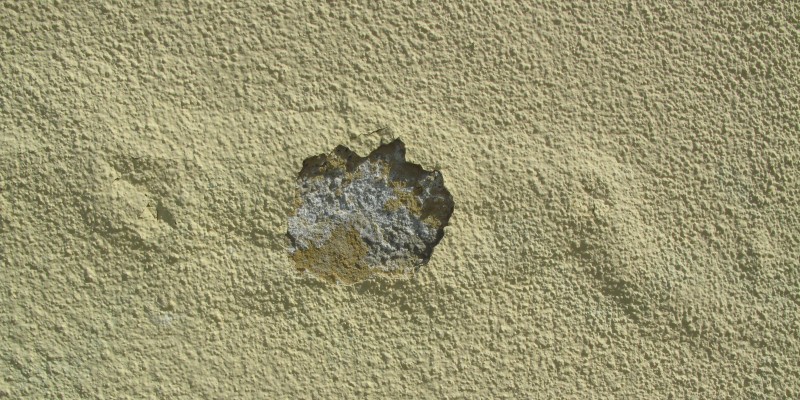PROsystem
Capillary Rising Damp Sanation System
Rising damp elimination system - One system covers the entire facility
Health Hazard

Health hazard
1. Material disintegration and destruction
Damp rises up the walls, carrying dissolved salts and nitrates. When the damp evaporates and dries up, the salts crystallise, and given that crystallisation stress is one of the highest in nature,
the resulting pressure causes significant damages. Water in the wall changes its physical states.
Frost in the winter and vapour in the summer rotate in the structure, causing the constant slow destruction of the structure, i.e. the disintegration of the wall. This means that the structure
itself weakens in its functional sense. The worst damage usually occurs in the wall zone up to which damp rose, that is, where it stopped rising.
2. Unpleasant smell of damp
The smell of damp is actually the smell of stale water in the walls that evaporates from the walls, spreading bacteria and fungi thus saturating the space and causing increased atmospheric
humidity. Such spaces are unpleasant to stay and work in.
3. Health risks
The presence of mould, water damage, or musty odours should be addressed immediately. People with weakened immune systems are particularly susceptible to mould-related illness, also infants and
children and the elderly.
Mould can produce toxic substances known as mycotoxins. Persons exposed to toxic mould can experience a variety of health effects, these include: Allergic and other immune responses: allergic
sinusitis, allergic conjunctivitis, eczema, asthma, hypersensitivity pneumonitis, and allergic contact dermatitis. Infectious responses: mycosis, aspergillosis.
Mycotoxin responses: commonly exhibited as eye and throat irritations.
Neurotoxic responses: headache, fatigue, dizziness, memory and verbal problems, depression.
© 2022 All rights reserved by PROsystem

















